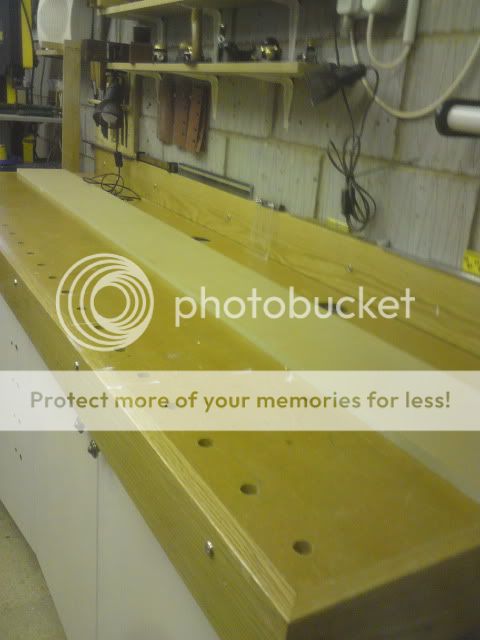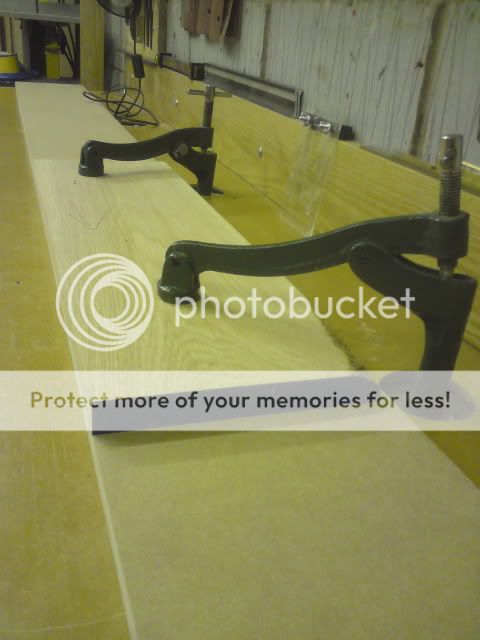Chems
Established Member
If I needed to joint a top that was 2.24m long what would be the best method. I think I'd upgrade my planer to a CT150, the beds are good and long and with some roller stand for supports it may be good enough but I'm not sure.
So my options are:
1. CT150
2. Tracksaw
3. No 8 jointing plane
4. Router and straight edge
I'd have a fair few to do, what would be best?
So my options are:
1. CT150
2. Tracksaw
3. No 8 jointing plane
4. Router and straight edge
I'd have a fair few to do, what would be best?



































